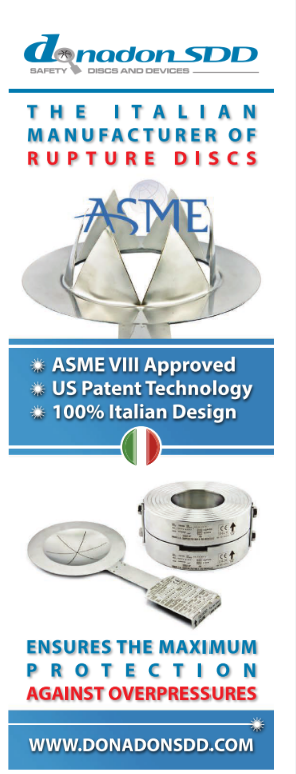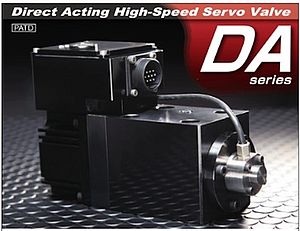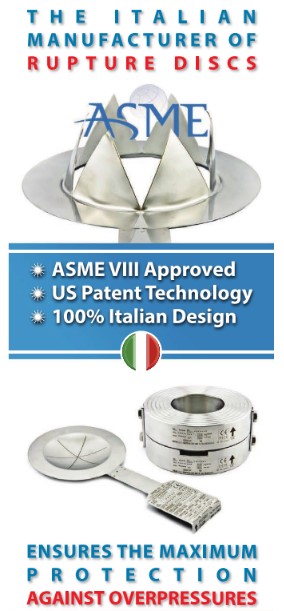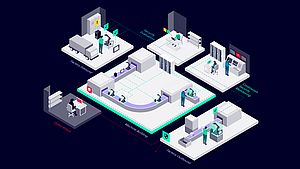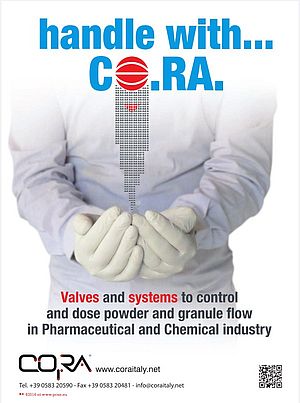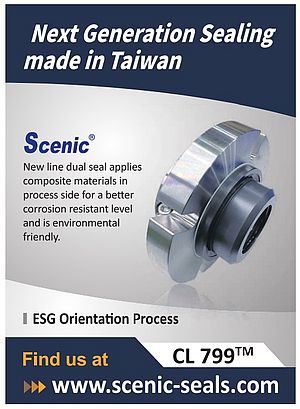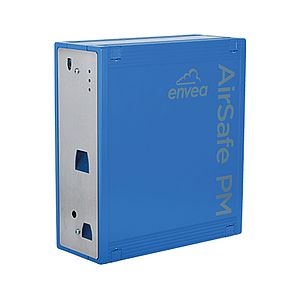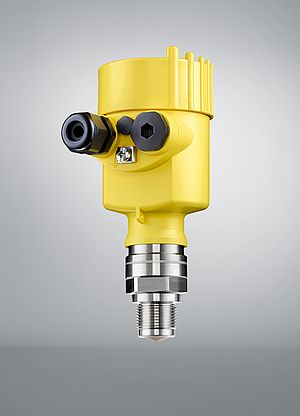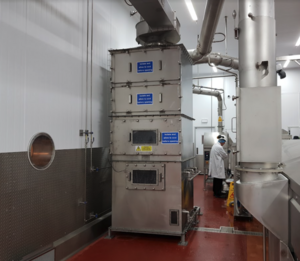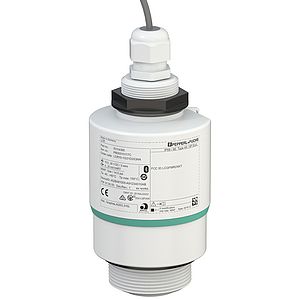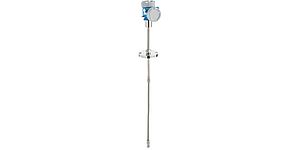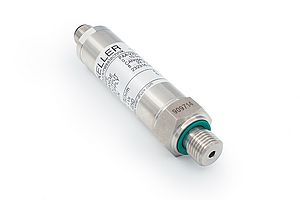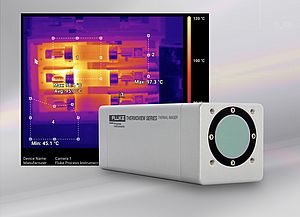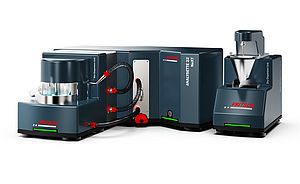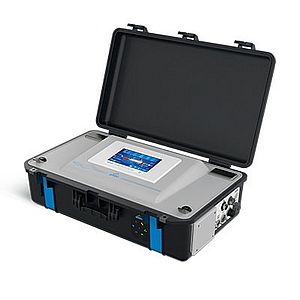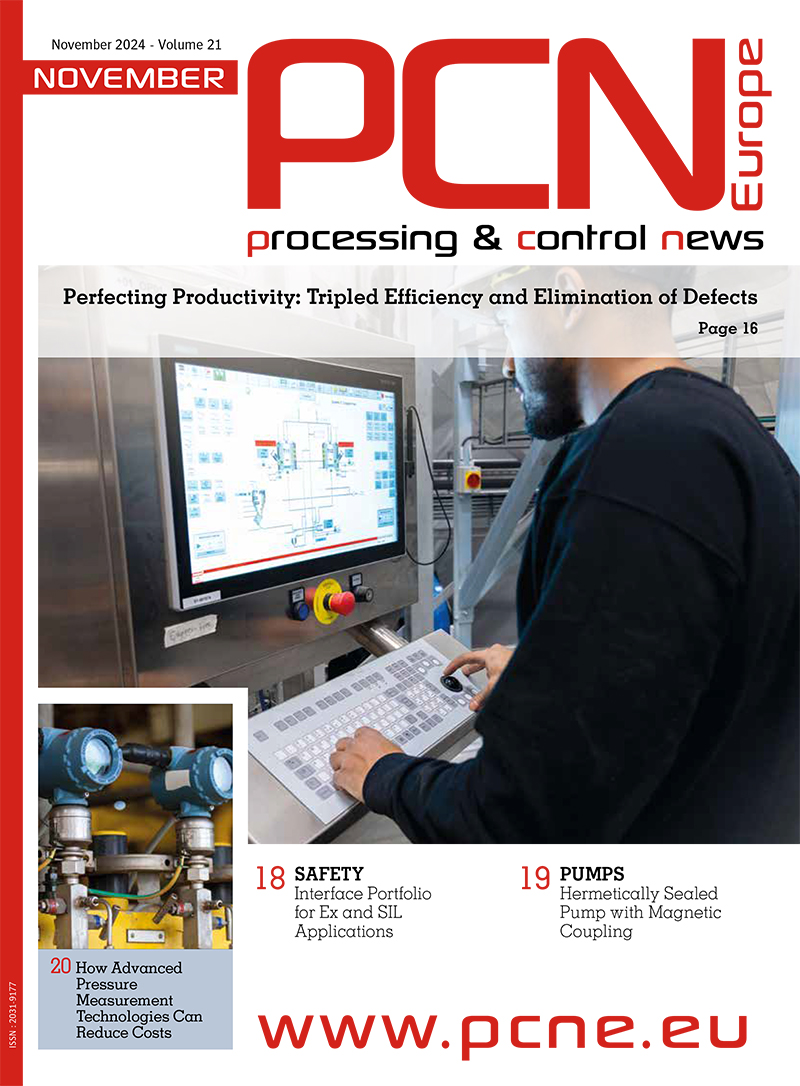One in five accidents caused by equipment failures in the chemical process industries are the result of human and organisational errors. Poor contractor control; failure to follow procedures; lack of planning; poor management and supervision; and simple misjudgments were all major factors in equipment failures.
The study also identified the equipment most likely to fail and cause accidents. Piping systems (25%), reactors (14%), storage tanks (14%), process vessels (10%) and heat transfer equipment (8%) accounted for over two thirds of accidents caused by equipment failures.
The study, a joint research project by Aalto University in Finland and Universiti Teknologi Malaysia1, looked in detail at 549 accidents reported by the Japanese Failure Knowledge Database in 2011. In total, two thirds of these involved the chemical process industries, of which 284 cases involved equipment failures.
David Brown, chief executive of the Institution of Chemical Engineers (IChemE), said: “Accidents caused by equipment failures have many potential causes including contamination, corrosion, poor installation and mechanical failures. But it is worrying to see that human and organisational failures head the list of contributing factors.
“Everyone employed in the process industries must play their part in managing risk. The recent explosion in West, Texas, which killed 15 people, is another sad reminder of the consequences.
“Competence in process safety lies at the heart of the chemical engineering skill set. Hopefully, our work over the next few years to introduce a new international qualification for process safety professionals, the development of a virtual safety centre and our ambition to promote higher standards in the corporate governance of process safety will help drive down avoidable accidents”.
Janette Edmonds, director and principal consultant ergonomist at The Keil Centre Limited –specialists in equipment design and psychology – said: "Poor design of the interface between the human operator and the equipment has been cited as a contributory root causes for many high profile accidents, including the Texas City Refinery, the Bhopal gas release, and three mile island nuclear plant disaster.
"Essentially, poor design of the human interface will lead operators to make errors. A good ergonomic design is one that meets the needs and expectations of the end user and places less reliance on other elements of a safe system, such as procedures, training, and competencies. A multi-faceted approach, which includes ergonomic design as the starting point, is essential to reduce human error.















